
What is your diagnosis?


What is your diagnosis?
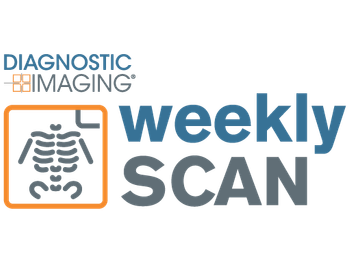
Review top radiology content from the week.

Powered by artificial intelligence, the new Ultrasound Workspace platform reportedly offers advanced echocardiography capabilities and facilitates enhanced diagnostic workflows.

What is your diagnosis?

Review top radiology content from the week.
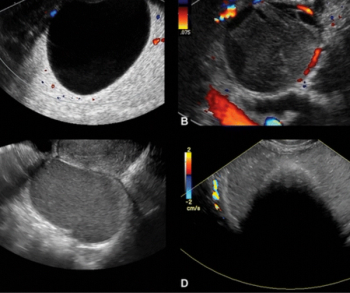
Distinguishing between classic and non-classic presentations of isolated adnexal lesions on pelvic ultrasound reportedly had a high specificity and sensitivity in diagnosing ovarian cancer in women at average risk.
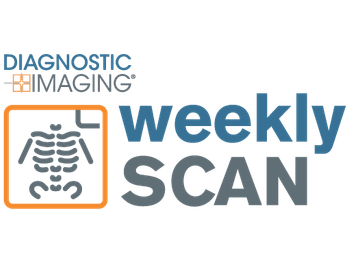
Review top radiology content from the week.
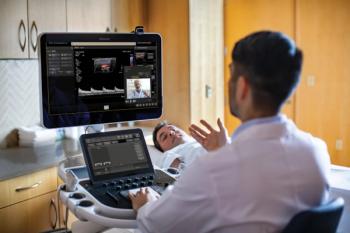
The expanded FDA clearance for Collaboration Live (Philips) gives clinicians the option to consult on or diagnose ultrasound images from their mobile devices.

In combination with cloud-based data infrastructure and artificial intelligence (AI) applications, handheld ultrasound devices may have the potential to significantly enhance efficiency for providers and contribute to improved patient outcomes.
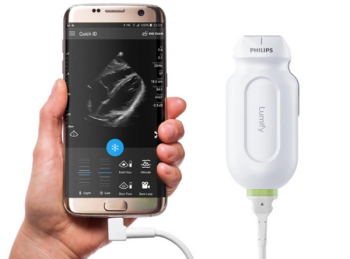
In addition to newly added advances with hemodynamic assessment and obstetric measurements, Lumify also offers a B-line quantification tool and AI-enhanced algorithms that may bolster ultrasound lung imaging in severe COVID-19 cases.
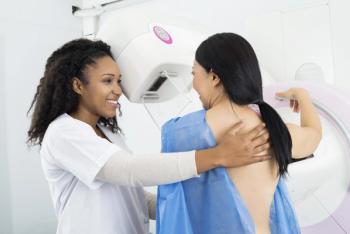
Emerging research suggests that mammograms should not be delayed for women who develop unilateral lymphadenopathy after receiving COVID-19 vaccines, and that follow-up imaging is unnecessary for patients who have no history of cancer or suspicious concurrent symptoms.

What is your diagnosis?

During the pandemic and beyond, working from home as a radiologist can present clear work-life advantages.

Review our most popular Image IQs of 2021 and test your radiology knowledge!

Will this artificial intelligence technology improve diagnostic accuracy and reduce false positive biopsy orders?

Technologies must be integrated with existing platforms and workflows, as well as demonstrate value.

Sonographic quantitative assessment of the deltoid muscle could translate into a dedicated, simple and noninvasive screening method to detect type 2 diabetes.

Breast ultrasound/MRI fusion significantly improves localization of incidentally detected MRI lesions which are occult on an initial ultrasound survey alone.

COVID-19 can result in cardiac complications including myocarditis, arterial and venous thromboembolism, and cardiomyopathy.

Learn more about what Canon Medical will be showcasing virtually at RSNA 2021.

The work of a breast imager goes far beyond the pink-out of every October.

Patients said receiving radiology results and reviewing the images and findings directly with a radiologist after completion of a neck ultrasound was beneficial, according to a new study.

Investigators at Massachusetts General Hospital proposed an algorithm for appropriate axillary nodal imaging to better align with changes in treatment algorithms for axillary nodal disease in patients with breast cancer.

A recent article in Clinical Imaging suggests a three-pronged education approach to address healthcare disparities in radiology.

Artificial intelligence can help seek out and identify high-risk patients who might benefit from more extensive screening.